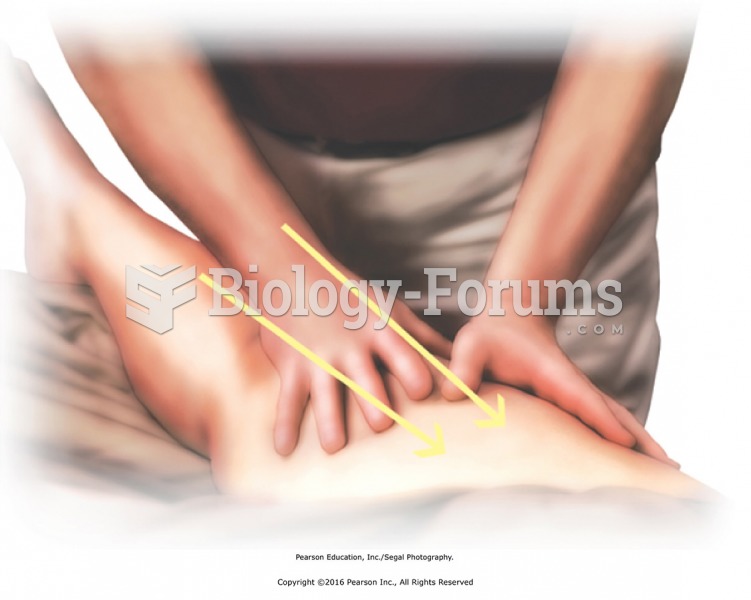Answer to Question 1
C
Answer to Question 2
a. Employees who have symptoms that suggest they are susceptible to passing along bacteria should not be allowed near food. If they have a fever or are sneezing, coughing, or have oozing burns or cuts, they are prime candidates for spreading harmful bacteria. Blood contaminates food and any surface with which it comes into contact. If food is exposed to an employee's blood, it must be discarded immediately. Employees who have cuts can continue to work as long as the cut is protected. Water-resistant bandages, changed often and covered with water-resistant material or plastic gloves, will serve as protection. The same procedures should be followed for burns. Personal Hygiene. The first step to staying healthy is to practice good health habits. This involves:
i. Bathing daily with soap and water,
ii. Covering one's mouth when coughing or sneezing, then washing
hands immediately afterward,
iii. Avoiding such things as scratching the head or touching the mouth or nose,
iv. Not eating, drinking, chewing gum, or smoking when food is being prepared or cleaned,
v. Avoiding the dropping of sweat onto food or equipment,
vi. Using disposable towels to wipe away sweat and washing the hands before working with food,
vii. Using hair restraints,
viii. Keeping nails short and clean.
b. Hand washing. Bacterial contamination occurs primarily when microorganisms are spread to food from the hands of employees. For this reason the best way to prevent contamination is effective hand washing. Hand sinks should be readily accessible and be used exclusively for this purpose. Warm water, soap, and disposable towels or an air-drying machine are required for effective hand washing. Hands must be washed after any act that might cause contaminationusing the toilet, eating or drinking, handling raw food, and so on. Similarly, hands should not be dried or wiped on aprons. Clothing.Employee changing rooms should be kept separate from food preparation areas. Uniforms should also be clean and changed when necessary to prevent contamination.







